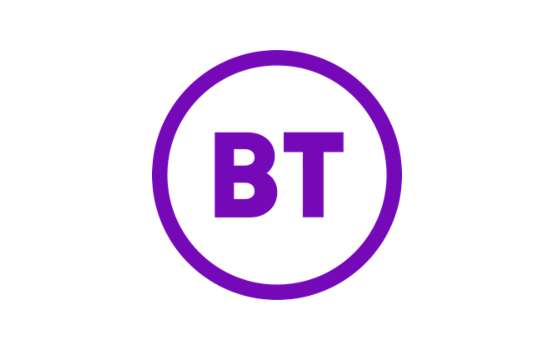 Opinion Article by Dr Mateen Jiwani, Member of the BT Clinical Advisory Board, BT Enterprise.
Opinion Article by Dr Mateen Jiwani, Member of the BT Clinical Advisory Board, BT Enterprise.When I first started using video consultations with patients in clinic more than a decade ago, it was unheard of. Little did I know it was the beginning of a healthcare revolution.
I came to learn quickly where video consulting could make a difference. With little shared experience to learn from, I discovered where it didn't work even faster, and where there was a need for supporting physical presentation rather than substituting it. We do not want video consultations to replace face to face care but have realised that it can be successfully used to augment and increase access.
At first, I thought I could use it for almost anything in my role as a clinician - I was wrong. I had the good fortune of working in a safe environment, where I would still see patients in person. So, I decided to learn from my transformative practice, as I was worried that by relying solely on video, I might make mistakes which would be detrimental to my patients. Therefore, I arranged for them to come to the clinic on the same day as their video consultation as I wanted to know the level of competency of such a new way of working. Sometimes I made the wrong decision consulting via video but was able to quickly rectify it when patients came in person. It allowed me to start to build an evidence base for situations that worked well via video and to create a risk register for those that didn't.
A decade later the pandemic was upon us. The NHS centre team advised closing all physical contact in the community, so clinicians did everything via video because they had no other choice. It was used as a blanket substitute for seeing people - which simply is not possible for delivering effective care. With the benefit of hindsight and learned experience I knew this would be a problem. My team was more prepared as I had developed training and support for them to understand the medium, so we were making careful decisions and seeing those we needed with some support from COVID-19 Guidance.
The consequence of lack of training and understanding is that video consulting has not always been sustainable. Technology can bring complications even if it is there to make life easier. Just saying 'here is an option of video, go and do it,' is not likely to work and may put off clinicians and patients when they learn the hard way. The fundamental issues around technological adoption are simply - system support, training and understanding.
Implementing technology effectively requires training and an understanding of risk, safety and processes around clinical work. People need to be taught what decisions they can make with technology, what is safe and what isn't, as well as implications for the wider system. If people understand these areas, they can use technology for the right reasons.
We also need to be able to continually to manage the risk and prove where technology works. Traditional academic principles take a long time to prove a hypothesis and it will need to change to help technological solution safely implement into healthcare systems. But we need to be safe; to put limitations and boundaries in the beginning and to gradually keep widening the fence so we can build evidence-based models.
This is one of the reasons why I am excited to be part of the BT Clinical Advisory Board, where we are driving new ways of building, partnering, implementing and supporting health technology. For example, we are already building a clinical translation service - where we can help clinicians to develop and effectively understand use cases for technology.
The clinical board is part of a healthcare refresh at BT, which has appointed operational health and care leaders - people who are still knee-deep in the system; who understand the day-to-day problems. People like me.
Some companies haven't succeeded in working with the NHS when they have been unwilling to adjust their business models and to listen and respond to real needs. It's time for a change and this time it will last.
BT is taking a refreshing approach. The company has enormous experience in areas like data, security and infrastructure. But it is taking a clinically led approach in its healthcare business. That means listening to likeminded and experienced colleagues. The launch of the Vanguard Innovation Programme is extending that clinical validation around the appropriateness of technology to a range of healthcare providers taking part in the initiative.
Clincally led, digitally enabled. This has the power for positive impact. We are catalysts for change.
About BT
BT Group is the UK's leading telecommunications and network provider and a leading provider of global communications services and solutions, serving customers in 180 countries. Its principal activities in the UK include the provision of fixed voice, mobile, broadband and TV (including Sport) and a range of products and services over converged fixed and mobile networks to consumer, business and public sector customers. For its global customers, BT provides managed services, security and network and IT infrastructure services to support their operations all over the world. BT consists of four customer-facing units: Consumer, Enterprise, Global and its wholly-owned subsidiary, Openreach, which provides access network services to over 650 communications provider customers who sell phone, broadband and Ethernet services to homes and businesses across the UK.For the year ended 31 March 2021, BT Group's reported revenue was £21,331m with reported profit before taxation of £1,804m.
British Telecommunications plc is a wholly-owned subsidiary of BT Group plc and encompasses virtually all businesses and assets of the BT Group. BT Group plc is listed on the London Stock Exchange.